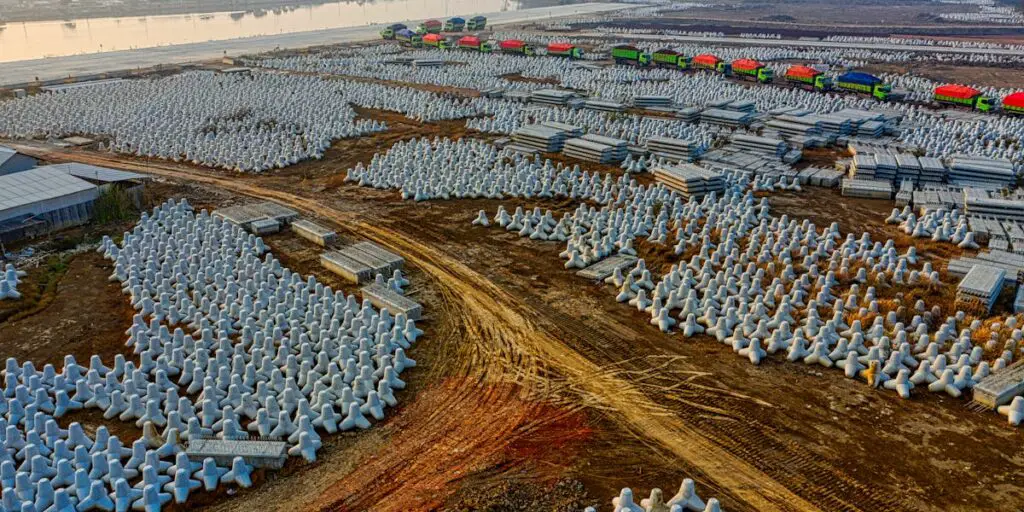What Are the Different Requirements in Development Planning?
What Are the Different Requirements in Development Planning? Development planning refers to a systematic process aimed at achieving socio-economic development by efficiently utilizing available resources. It involves identifying objectives, prioritizing goals, and implementing strategies to address issues such as poverty, inequality, infrastructure gaps, and environmental challenges. The success of development planning depends on meeting several […]
What Are the Different Requirements in Development Planning? Read More »









